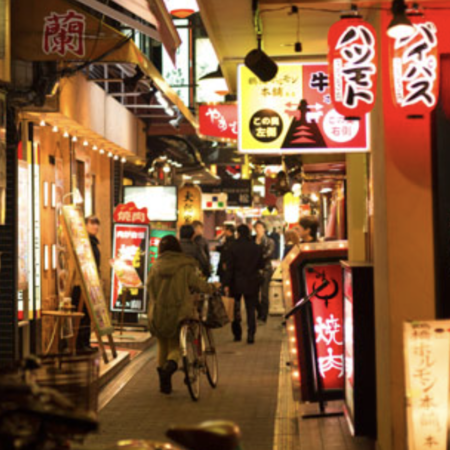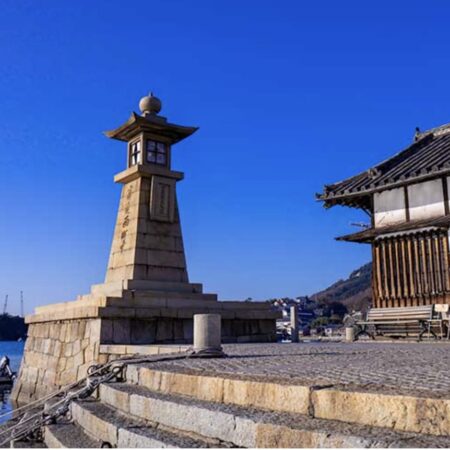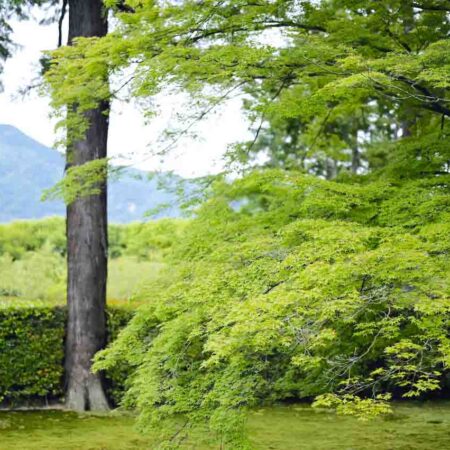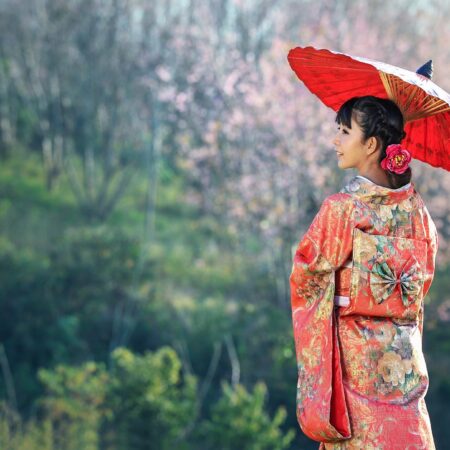Hieizan Enryakuji

The Mother Temple of Japanese Buddhism

Jien, who is well known as one of the Hyakunin Isshu anthology poets, expressed in his poem that “above countless mountains in the world, Hiei mountain is the very mountain” to prize Mt. Hiei as the best mountain in Japan.
That approbation hails from that Hieizan Enryakuji is worshiped as the mother mountain of Japanese Buddhism for it to produce grandmaster high priests in each sect of Japanese Buddhism. It is an establishment to train national treasure human resources and a temple that prays and spreads world peace.
Hiei mountain is placed along the prefectural border of Kyoto and Shiga. On the mountain’s east side, there is the best lake in Japan, Biwa lake that is depicted as “the Lake of Tendai Yakushi(medical buddha)” and on the west side, visitors can enjoy the panorama landscape of the old capital Kyoto.
In 1994, Enryakuji was registered for UNESCO World Cultural Heritage for its beautiful nature, history and tradition that lasts 1200 long years.
Hieizan Enryakuji can be accessed by cable car and driveway and visitors can enjoy walking in nature and historic site exploration in addition to visiting temples.
The History of the Mt. Hiei

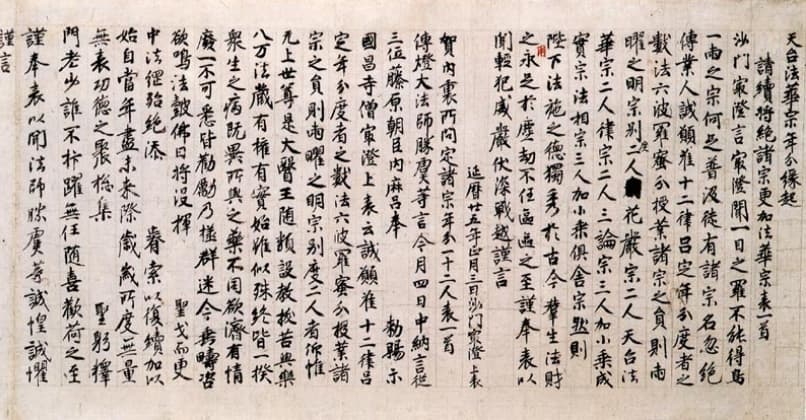
Saichō was born as the first son of Momoe Mitsunoobito in Mitsu that locates on the west shore of Biwa lake, Shiga(today’s Sakamoto, Shiga prefecture) in 767 A.C(there are various theories.)
His childhood name was Hirono. His talents started blooming at an early age.
He became a pupil of Gyohyo Kokubunji in Oumi, Shiga at age 12, and in 780, Saichō became a monk through Tokudo Buddhism ritual.
He then became a nationally authorized monk in 785 by acquiring the degree of Gusokukai(Upasampadā.)
He left Nara to Hiei mountain for training approximately three months after achieving the degree.
The young monk Saicho made a request to himself and a vow to Buddha that he would not go down off of the mountain until he masters the Ichijō Buddhism (which was taught as the only practice to become one with Buddha.)
In 788, Saichō built Ichijōshikanyin temple (later became Konponchūdō) and carved Yakushi Nyorai(Medical Buddha) there as the principal deity.
Saichō then traveled to Tang, China to master the lesson of Tendaitaishi Chigi as a national student sponsored by emperor Kanmu.
At mt. Tiantai China, Saichō studied the Tendai teaching from Gyōman at Dōzui・Futsurō temple and completed penmanship of Buddhist texts.
Then Saichō received lectures about Zen from Shukunen in Zenlin temple and also studied the transmission of Esoteric Buddhism from Shungyō Ajari at Ryōkō temple, Yuezhou, before returning to Japan. This is how he established the foundation of the Japanese Tendai sect that is called “Enmitsu Icchi.”
In 805, right after Saichō returned to Japan, he reported his study accomplishment in Tang, China, and awarded pupils abhisheka in Esoteric Buddhism manners at Takaosan temple in Nara.
Back then, the ideology of “division of people who are capable of reaching nirvana and those who cannot” was the major ideology.
However, Saichō had his faith in the idea of “everyone can reach nirvana” which was taught and encouraged by Hokekyō scripture.
Saichō strived at training students based on the Ichijō spirit from Hokekyo scripture for his built-up wish and passion to transform entire Japan into a country of Mahayana Buddhism.
Saichō’s passion and endeavor bore fruits.
On January 26th 806, the government issued two positions of the nationally approved priests for the sect.
Therefore, January 26th is marked as the opening day of the Tendai sect.
Among two-yearly students, one was who studied Tendai scholarship (the practice of meditation) and the other was who studied esoteric Buddhism (the practice of Vairocana).
Saichō started a series of presentations in 818 to the authorities that are called Sangakushōshiki in the belief that Daijō Buddhism is what truly would protect the country and bring people happiness.
Moreover, in 820, he published Kenkairon(the Revelation Theory) to request Hiei mountain the permission of independence of Daijō Buddhism theory.
After the loss of Saichō, Ichijōshikanyin temple received the title, Enryakuji, thus became Hieizan Enryakuji.
In the following year, Saichō’s pupil Gishin took over the position of Denpōshi(missionary) which later was called the Tendai Zasu(chairman of Tendai.)
Under the third chairman En’nin, Enryakuji blazed Yokawa and Tōji areas. They made great accomplishments such as introducing the Jōdo teaching in the Tentaikyō faction to expand Esoteric Buddhism based on the nine-year-long achievement of Nyūtōkyūhō. Soon after the loss of En’nin in 866, Saichō was given the title of “Denkyōtaishi” and En’nin was given the title of “Jikakutaishi” from the emperor Seiwa.
Those titles were the first great mastery titles ever given in Japan and they indicate how greatly Saichō and En’nin contributed to the development of Japanese Buddhism.
Esoteric Buddhism then was organized systematically by the fifth chairman Chishōdaishi and Godaiyin Annen to be called Tenmitsu (Tendai sect esoteric Buddhism) as opposed to Tōmitsu (Shingon sect esoteric Buddhism.)
A countless number of trainees studied at Hiei mountain to enhance their studies and training.
In the Mid-Heian period, the temples were rebuilt and reorganized under the 18th sect head Ryōgen (Jikeitaishi) and their activities were accelerated such as debates to promote their teaching.
Ryōgen’s pupil, Genshin (Eshinsōzu) also published Ōjōyōshū (Collection of Morality) which later became the foundation of the development of the Japanese Jōdo sect.
Hokekyō and Jōdokyō (Pure Land Buddhist Faith) became popular among the intellectuals and they also made a great impact on classic Japanese literature such as The Tale of Genji and The Tale of Heike.
The statement that En’nin brought from China and developed became the origin of Japanese traditional music and deeply influenced Noh and Japanese tea ceremony with Buddhism ideology.
From the end of the Heian era to the beginning of the Kamakura era, founders of each sect such as Hōnen, Eisai, Shinran, Dōgen, Nichiren studied at Hieizan. This is how Hieizan became to be called the mother mountain of Japanese Buddhism.
Hieizan faced struggles countlessly in its history of 1200 years such as conflicts against samurais and other power yet it was constantly supported and protected by its believers who inherited great leaders teaching and many other people to stand in front of us today.



